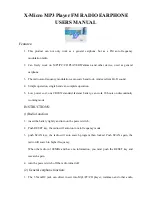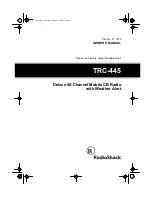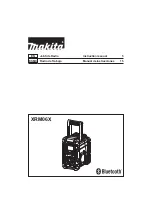
DSU
Acronym for Data Service Unit; a hardware component needed to transmit digital data
over a hardware channel. It converts signals from bridges, routers and multiplexers into
the bipolar digital signals used on the telephone company digital lines and ensures that
voltage levels are correct.
DSU loop back
Is a Telco initiated test which loops the DSU back to the Telco and is used to test the
DDS circuit as well as the DSU/CSU.
DTE
Acronym for Data Terminal Equipment. It is the end-user terminal or computer that plugs
into the termination point (DCE) of a communications circuit.
gateway
Is a device which enables information to be exchanged between two dissimilar systems
or networks.
HDLC
Acronym for High Level Data Link Control. It is a generic link-level communications
protocol developed by ISO, that manages synchronous code-transparent serial
information transfer over a link connection. See also SDLC.
host computer
The primary or controlling computer in a multiple computer operation.
in-band signaling
Is signaling over the same channel used for data.
IP
Acronym for Internet Protocol. It provides for transmitting blocks of data between hosts
identified by fixed-length addresses.
ISDN
Acronym for Integrated Services Digital Network. It is a network architecture that
enables end-to-end digital connections. It supports diverse services through integrated
access arrangements and defines a limited set of standard, multipurpose interfaces for
equipment vendors, network providers, and customers.
LAN
Acronym for Local Area Network. A privately owned network that offers high-speed
communications channels connecting information processing equipment in a limited
geographic area.
MIB
Acronym for Management Information Base. It is a database of network management
information used by SNMP.
multi-point
Is a configuration or topology designed to transmit data between a central site and a
number of remote terminals on the same circuit. Individual terminals are not able to
send data to each other.
out-of-band signaling
Is signaling that is separated from the channel carrying information (voice, data, video,
etc.) by a filter.
packet
Is a bundle of data that contains both control information and the data itself. The control
information is used for routing the packet through a network to its final destination.
packet-switching network
Is a telecommunications network based on packet-switching technology, wherein a
transmission channel is occupied only for the duration of the transmission of the packet.
Trailblazer Installation and User Manual
51


































